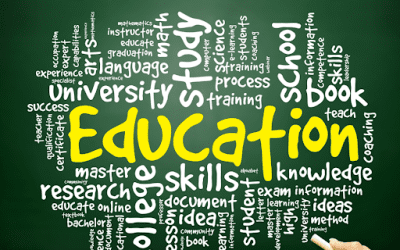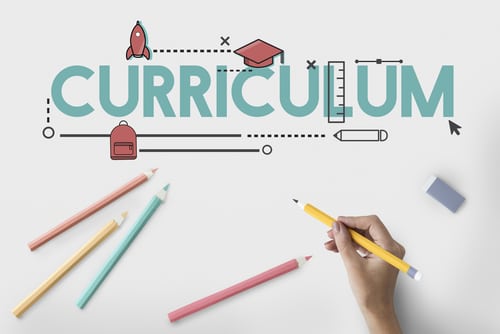
The most recent article I’ve seen, College for the Masses, cogently lays out the benefits of a college degree, but also the benefits of enhanced vocational training at community colleges. As is often the case, the answer is somewhere in the middle: a college degree clearly is not for everyone, but everyone in today’s highly technical economy may need some college. Surely this represents an expansion, wanted or unwanted, of higher education’s mission. Add to the civic mission- that everyone will have the skills and knowledge to be an effective citizen in our democracy- the economic mission that everyone will have the skills and knowledge to be successful in the workforce. This broader mission means a new, broader population will be served in institutions of higher education- the “new traditional” student with unique needs and values.
How will traditional institutions of higher education respond? Will they respond quickly enough to avoid losing the franchise they have held since the 1100s? Most importantly, how will they innovate in this unprecedented time of change in all areas of teaching and learning?
The people at 2Revolutions, in partnership with EDUCAUSE, have created a design tool and guidebook for higher education leaders called Building a Culture of Innovation in Higher Education: Design & Practice for Leaders- Emerging Lessons and a New Tool which is now available. It’s a fairly lengthy document but I’d like to summarize and comment on what I consider to be the main points.
The authors first identified five “lessons learned:”
- The “new traditional” student needs flexible options with repect to time as well as money, such as 24/7 access to content and teachers
- As higher education becomes more expensive, the demand for return on investment is more common among students
- Technology is rapidly changing the heretofore timeless culture of higher education, seemingly without a clear overall design for new institutions and practices
- Faculty tenure and assignment models are and need to be examined and changed to ensure that our talented faculties are performing at their highest potential at all times
- There needs to be a clear demonstration, for students as well as employers and the public at large, what students are learning and what they are therefore able to do- in other words, to be able to articulate the meaning and purpose of the bachelor’s degree in the digital age (10)
For the higher education community to be able to act on these lessons learned will require a great capacity for innovation. Innovation in education is hard, and much of the document provides a hand-on guide to developing innovation at the organization level. Fundamental to the findings is the belief that higher education has the wherewithal to change itself and build what the authors call a “culture of innovation- an environment that continually introduces new ideas or ways of thinking, then translates them into action to solve specific problems or seize new opportunities.” (9)
“Online education, MOOCs, adaptive learning science, competency-based education, and most of the learning content in higher education were all invented on traditional non-profit campuses.” – Paul LeBlanc, President of Southern New Hampshire University (10)
I believe that the next few decades will continue to be exciting ones for all areas of education, and not the least of these will be the institutions of higher education. And I believe that higher education will successfully reinvent itself in ways that serve the “new traditional” students of the digital age.
I invite each of you interested in higher education to read these two compelling discussions and let us know what you think about this important topic.
Leonhardt, David. College for the Masses. New York Times, April 26, 2015
Setser, Bryan, and Holly Morris. Building a Culture of Innovation in Higher Education: Design & Practice for Leaders- Emerging Lessons and a New Tool. 2Revolutions, EDUCAUSE, April 2015




